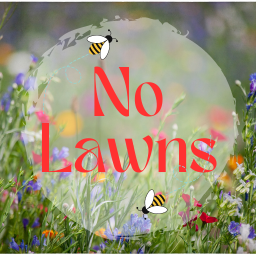

Red states are not okay, because all they have left in their value system is cruelty toward people they see as not “pulling their weight,” as if we still live in some resource-scarce era of yore where if you don’t work, you don’t eat (and even if you do work, eating is not guaranteed, better work harder!).
Blue states are increasingly providing lunches, and sometimes even breakfast, for all students free of charge. It used to be income-based (you’d get free or half-priced lunch based on your family’s income), but even that system is getting ditched because of the associated stigma and the problem of some needy students falling between the cracks.






Minnesota is probably the most famous example at the moment, but they’re far from alone!
https://www.nycfoodpolicy.org/states-with-universal-free-school-meals-so-far-update/